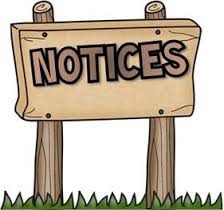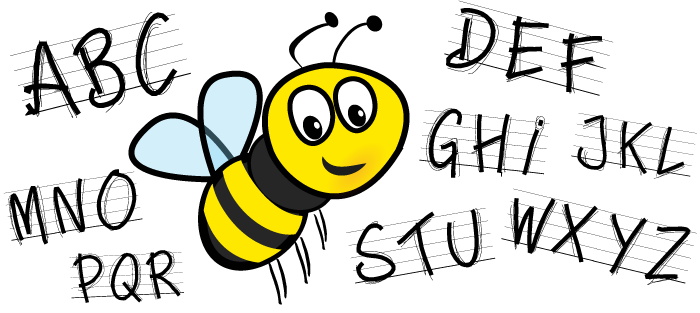
Our 2025-2026 Autumn Term topic in Year 2 is Fame, Fire and Fortune


To view our curriculum map and our suggested activities for the Autumn term-Please click here
Reading

In Year Two children will read their individual reading books once per week with the class teacher or teaching assistant. Sometimes children may also read as part of an intervention or with a parent helper, student or volunteer. Please try to read a minimum of 3 times per week to earn 500 miles on their 'Reading Around the World' challenge. Children will be rewarded when they reach each new destination and show they have developed a commitment to reading at home.
Guided Reading
Children will have whole class guided reading Monday - Friday. They will be taught how to answer comprehension questions based around our topic and will look at different words and their meanings.
Children will also take part in a range of reading activities. They will access these activities across the week including vocabulary activities, guided reading with an adult, individual reading, grammar activities and handwriting practise.
PE
In Year Two our PE days are every
Monday and Wednesday
for both classes.
Please come to school in your PE kit and trainers with earrings removed or covered with plasters.
English
In English this term we will be focusing on the following texts:
- Paddington Bear by Michael Bond
- The Queen's Hat by Steve Antony
- Vlad and the Great Fire of London by Kate Cunnigham
- That Pesky Rat by Lauren Child
We will be...
Autumn
- Use London and The Great Fire of London as a basis for our work.
- Make links with Science and the different areas of the world.
- Sentence level work - correct punctuation, types of sentences, making sentences more interesting and using interesting vocabulary.
- Writing in the character of a Corgi
- Writing in different styles - stories, non-chronological reports, biographies, poetry and recounts.
PSHE
Autumn 1
- How to make friends with others
- How to recognise when they feel lonely and what they could do about it
- How people behave when they are being friendly and what makes a good friend
- How to resolve arguments that can occur in friendships
- How to ask for help if a friendship is making them unhappy
Autumn 2
- How words and actions can affect how people feel
- How to ask for and give/not give permission regarding physical contact and how to respond if physical contact makes them uncomfortable or unsafe
- Why name-calling, hurtful teasing, bulling and deliberately excluding others is unacceptable
- How to respond if this happens in different situations
- How to report bullying or other hurtful behaviour, including online, to a trusted adult and the importance of doing so
RE:
Autumn 1
- retell (simply) the Genesis 1 story of creation
- suggest why Christians might think it is important to look after the world
- suggest ways that Christians might express their concern for the natural world
- describe how and why Christians might thank God for creation at Harvest festivals
- identify ways in which humans use (and abuse) the natural world
- about why our planet should matter to all humans – and how this should influence our behaviour
- reflect on their own use of the world’s resources
- ask questions about what they can do to show that they care about the world
Year 2 Team
Teachers:
Mrs B. Lock
Miss K Gildart
Mrs S. Chambers
Teaching Assistants:
Miss Hilton
Miss Mason
Notices

- Please remember to check Seesaw for updates, reminders, letters and photographs.
- Trip to Staircase House in Stockport on Monday 23rd September
Autumn Trips & Events

• Trip to Staircase House in Stockport
17/09/2024
Please see ParentPay for details
Mathematics
![]()
In Maths we will be focusing on revision of all place value
Times Tables Challenge
In Year 2 children need to know number bonds to 10 and 20 and also the 2, 5 and 10 times tables off by heart. We have broken these down into smaller steps to make it more achievable. Children will start with doubles and halves, then number bonds and when confident will move on to the 10 x tables and then divisions, followed by 2 x tables and then 5 x tables. For children who are confident in these tables before the end of the year they can move on to the 3 x tables in preparation for Year 3. Children earn stickers and certificates for each stage of the challenge.
See Times Tables Challenge booklet for more information.
Spring Term
From the Amazon to the Arctic!
To view our curriculum map/taught activities for the Spring term please click here


National Curriculum
To view the National Curriculum expectations for Year Two children please click here
Homework

Homework is in the style of 'Pick n Mix' activities alongside weekly reading, spellings and Maths tasks:
- 5-10 mins reading 3-5 times a week
- 5-10 mins practising weekly spellings
- 10-15 mins practising time tables on Time Tables Rockstars at least once per week
The children are given one copy of the homework activities at the beginning of each term that contains lots of different activities that can be completed independently or with an adult. Pick n Mix homework can be returned to school upon completion and shared in class. There are a variety of activities to choose from as we try to make homework as fun as possible to engage all children!
Children have also been given logins for Purple Mash, TimesTableRockstar, NumBots and google. These can be accessed at any time.
Spellings

Spellings will be given out every Tuesday. The children will then do their spelling test the following Monday. Children will usually have 10 - 15 spellings to learn and will have a sheet of spellings in a spelling pack. Spellings will follow the Rising stars spelling program or the phonics level the child is at.
Throughout the year, children will also practise the Year 2 common exception words which are linked below.
Being able to apply the spelling pattern in writing is just as important as getting them all correct in the spelling test!
Please click here to view the Year 2 Common Exception Words
This Week's Spellings (Each teacher takes a different group)
Mrs Lock
Miss Gildart
Miss Hilton
Science

This term in Science we will be looking at different materials and their properties. We will be going on material hunts around the school and will also bring in a box of materials from home that we can discuss and sort with the rest of our class.
Our Topic Learning:
History:
- The Plague
- The Great Fire of London
- Samuel Pepys
Geography:
- Learning the 7 continents and 5 oceans of the world.
- Capital cities of the UK
- We will also be developing our geographical knowledge by practising:
- Map Skills
- Using a key
Art:
- We will be looking at the artist Claude Monet
- Looking at and discussing which primary colours are mixed to create different colours and shades.
- Creating our own painting in the Style of Monet
Computing:
- Online-Safety (passwords - GSuite, PM, Chromebooks)
- Spreadsheets
- Effective Searching (Chrome)



























